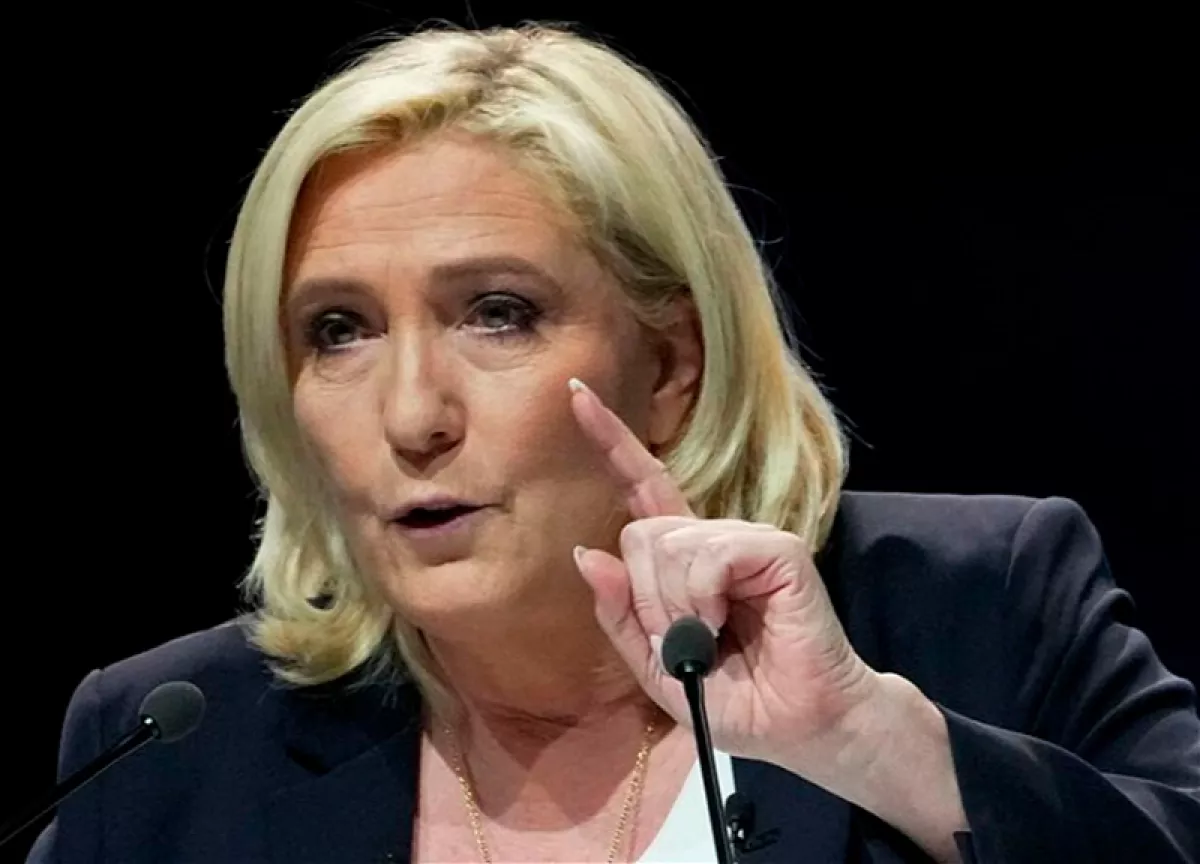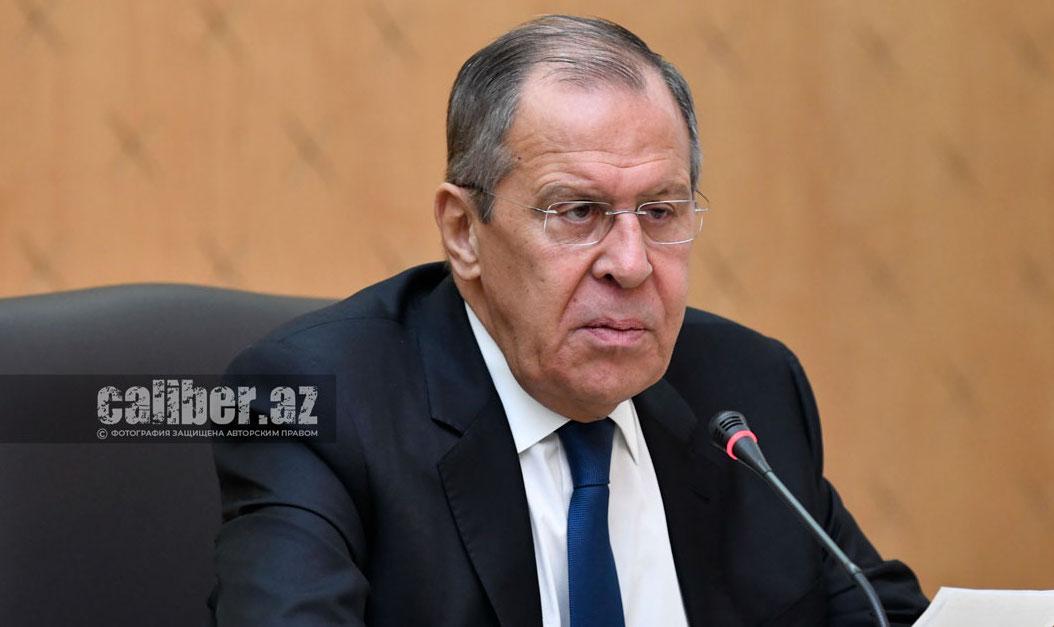Golf diplomacy: A new format for transatlantic relations Deal of the century or Europe’s humiliation?
So, the trade agreement between the United States and the European Union has become a historical reality. To put it briefly, somewhere between rounds of golf in Scotland, U.S. President Donald Trump struck a deal with European Commission President Ursula von der Leyen to raise American tariffs on most imported European goods by more than threefold: from the previous 4.8% to a new rate of 15%.

The deal turned out to be a one-sided game, as American goods entering the EU will be subject to zero tariff markup. It's no surprise, then, that the vast majority of analysts have labelled the agreement as anti-Brussels — something that’s apparent even from the headlines in leading European publications: “U.S.-EU Deal — A Trump-Imposed Peace in the Trade War,” “EU–U.S. Trade Deal: Not Kidnapping, But Robbery of Europe?”, “Capitulation or Compromise?” and similar.
As one commentator colourfully put it, the current score on the trade and economic playing field between the White House and Brussels stands at 15:0 in Washington’s favour. True, if we interpret those figures through the lens of tennis, they are not fatal — regardless of the serve, a game can be won back. Even if this one is lost, there’s still a set ahead, and possibly more than one. But if we consider the situation in terms of a volleyball tiebreak, where the match ends at 15 points? Then, as the saying goes, things look much more serious.
In this context, some experts were quick to question how pragmatic the recent anti-China measures taken by European leaders really were, just before the Washington–Brussels deal was struck. However, those same analysts do not rule out a more mundane explanation for the EU’s concessions: sheer fear. After all, Trump had earlier floated the possibility of 30% tariffs against the EU, and in comparison, the new 15% rate might have seemed like the “lesser evil.”
And after all, despite the fact that the von der Leyen agreement was signed in European Scotland, the whole event effectively took place on Trump’s home turf — the U.S. president calmly awaited the arrival of the European Commission head at a golf course owned by his family. A telling detail, which, incidentally, wiped away Brussels’ earlier threats to impose retaliatory measures worth around €100 billion should the proposed 30% tariffs be implemented.
Von der Leyen, for her part, highlighted the zero-tariff terms applied to certain European aircraft, select pharmaceutical items, critical raw materials, and other categories. Yet how significant do these concessions really appear when compared to Europe’s newly declared plans to purchase $750 billion worth of U.S. energy, acquire American weapons in comparable volumes, and invest an additional $600 billion into the U.S. economy?
Moreover, Washington has yet to clarify whether it is ready to lower tariffs on European steel and aluminium, which currently stand at a staggering 50%. Yes, it is clear that some elements of the agreement still need to be finalised, and most likely, Brussels will manage to extract a few concessions. But will the EU still have a chance to avoid hearing that dreaded tennis phrase directed its way — “game, set, match”?

A telling illustration of the current state of affairs came from one of Europe’s top negotiators — European Commissioner for Trade Maroš Šefčovič — who candidly admitted that Brussels faced a choice between “stability over total unpredictability.”
German Chancellor Friedrich Merz, while welcoming the agreement — albeit a framework one — as a step toward halting “excessive mutual escalation in transatlantic trade relations,” nonetheless acknowledged its damaging effects on the German economy.
French Prime Minister François Bayrou called the day the deal’s parameters were agreed upon “grim,” while Belgian Prime Minister Bart De Wever said it was “no cause for celebration.” Echoing their sentiments, Polish Prime Minister Donald Tusk remarked that “ there is little reason to celebrate.”

Far more uncompromising in her defence of EU interests was Marine Le Pen, who described the agreement as a “political, economic, and moral fiasco.” According to her, the deal represents a “failure,” particularly when compared to the more favourable terms secured by the United Kingdom in its dealings with the United States.
Le Pen characterised the hundreds of billions of euros in planned imports of American gas and weaponry as a “total capitulation” — not only of French industry, but also of the country’s energy and military sovereignty. In light of her remarks, some experts have noted that Le Pen’s position strikingly mirrors the rhetoric coming out of Moscow.

Thus, Russian Foreign Minister Sergey Lavrov stated that the agreement between the U.S. and the EU would lead to the "further deindustrialisation of the European Union" due to a significant outflow of investment from Europe to the United States — a development that, in his view, would deal a devastating blow to continental industry.
All of these statements vividly illustrate the magnitude of what has unfolded on the Washington–Brussels stage — a clear manifestation of a new and quite serious rift within the transatlantic alliance.
In other words, on top of the already existing military-political frictions between these former allies — caused primarily by diverging U.S. and EU approaches (for the most part) to the war in Ukraine — a new layer of conflict has emerged in the form of a trade and economic clash of interests. And in this confrontation, parity is clearly absent: the European Union no longer appears to be playing second fiddle to the United States — it has been relegated to the back rows of the geopolitical theatre.








